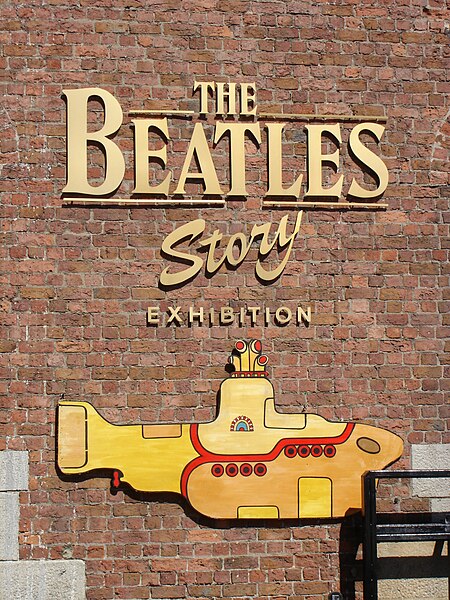It seems in the past year, the term curator has become increasingly popular. Our friends at Wikipedia define curator as “a content specialist responsible for an institution's collections.” The article also specifically cites galleries, museums, libraries or archives as the institutions in this definition. As many of us who study or have jobs with museums know, this is a pretty standard definition of what a curator does.
However, it seems like the definition of curator is changing in the digital age. Many websites are adopting the term curator in a variety of ways.
Etsy, a website for users to sell homemade and vintage goods, uses the term “curator” to describe a guest blogger who chooses items from different sellers and highlights them in a blog post. Unlike a museum curator, whose qualifications are usually from years of study and research in a specific topic or field, the guest curator on Etsy is often times someone in a design or aesthetic related field. Is this a stretch or does the title fit well?
However, it seems like the definition of curator is changing in the digital age. Many websites are adopting the term curator in a variety of ways.
Etsy, a website for users to sell homemade and vintage goods, uses the term “curator” to describe a guest blogger who chooses items from different sellers and highlights them in a blog post. Unlike a museum curator, whose qualifications are usually from years of study and research in a specific topic or field, the guest curator on Etsy is often times someone in a design or aesthetic related field. Is this a stretch or does the title fit well?
Another website, Brain Pickings, defines itself as being "about curating interestingness — picking culture’s collective brain for tidbits of stuff that inspires, revolutionizes, or simply makes us think." Topics range from Fair Use to Retrofuturism and often use language similar to label text in museum exhibitions. Their post on Retrofuturism is actually a topic I was interested in addressing the museum my friend and I are planning.
Did Brain Pickings do a good job? I know there are things I would change, but would it be for the better? Should the term curator be redefined?

